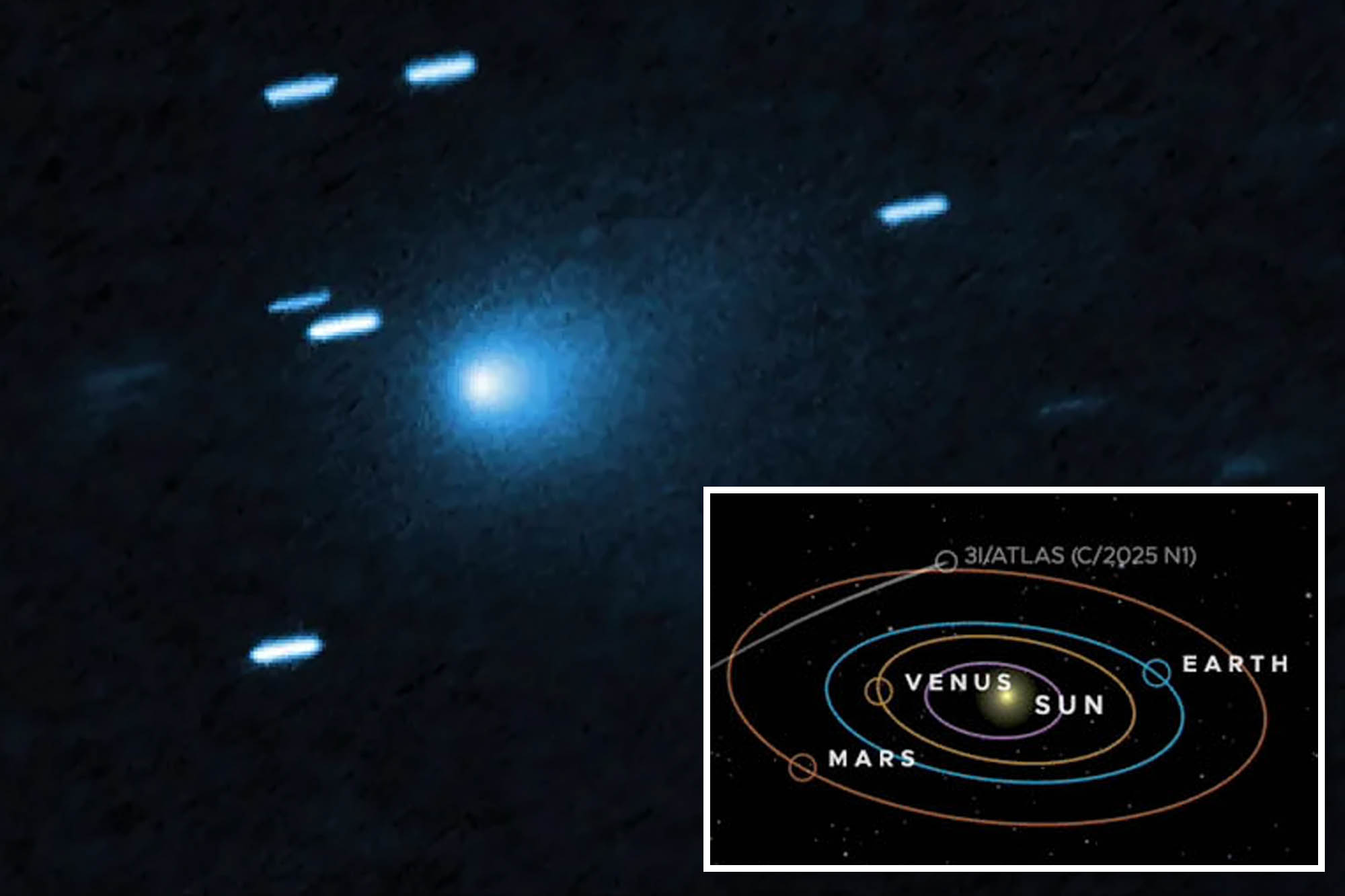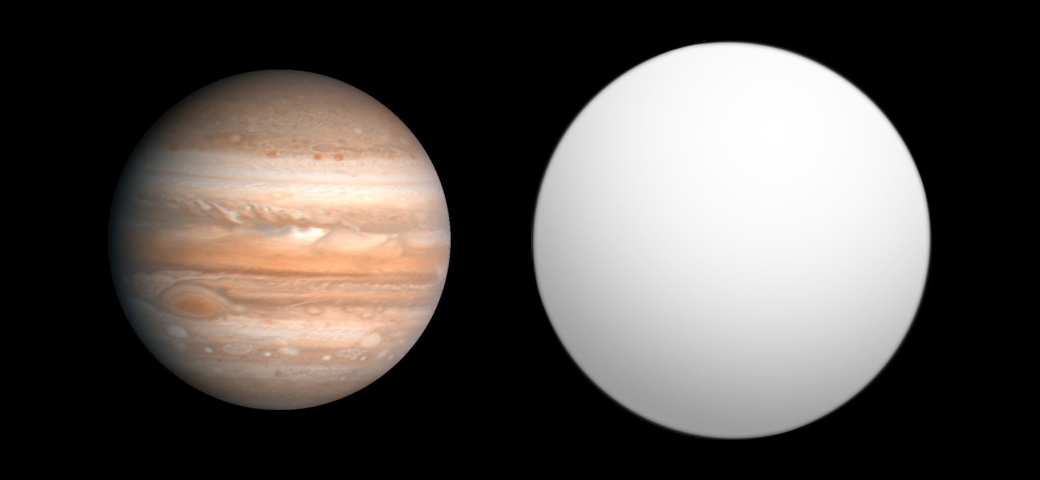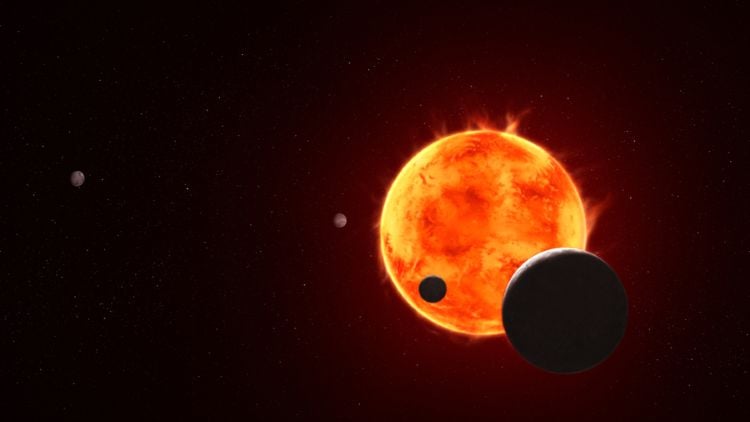The interstellar object known as 3I/ATLAS has displayed unusual characteristics, including non-gravitational acceleration and a strikingly blue appearance, leading some scientists to speculate about its origins. Most notably, Avi Loeb, an astrophysicist at Harvard University, suggests that these traits might indicate the presence of an artificial craft or an advanced propulsion system.
Unusual Acceleration and Color Change
This week, NASA recorded significant outgassing from 3I/ATLAS, a phenomenon typically associated with comets. The data indicates that the object may lose up to half its mass and produce a substantial plume of debris in the coming months. Loeb speculated in a recent paper that the combination of the object’s acceleration and its unexpected blue hue could be indicative of an engineered source of propulsion.
“This might also explain the report on 3I/ATLAS getting ‘bluer than the Sun,’” Loeb stated in a post on Medium.
He elaborated that the blue color could result from a “hot engine or source of artificial light,” although he acknowledged that it might also bear the hallmarks of a natural cometary signature. As the comet passed within 172 million miles of the Sun, telescopes on Earth were unable to directly observe the object due to its position. Nevertheless, spacecraft orbiting the Sun ahead of Earth captured data revealing a “rapid brightening” and a distinctly blue appearance.
Upcoming Close Pass and Implications
3I/ATLAS is anticipated to make its closest approach to Earth on December 19, 2023, passing at a distance of approximately 167 million miles. This event presents a unique opportunity for researchers to ascertain whether the object is indeed a comet or something more enigmatic. Loeb proposed that if no significant gas cloud is detected around 3I/ATLAS during this close encounter, it could suggest the presence of a propulsion system.
In a related development, Loeb criticized NASA for not releasing images captured by the Mars Reconnaissance Orbiter’s HiRISE camera during the object’s close pass to Mars earlier in October. Reports indicate that these eagerly awaited images will not be made public until governmental operations resume.
Addressing concerns regarding the object’s nature, NASA’s Acting Administrator, Sean Duffy, reassured the public on social media that 3I/ATLAS poses no threat. “NASA’s observations show that this is the third interstellar comet to pass through our solar system,” Duffy wrote. “No aliens. No threat to life here on Earth.”
As scientists continue to analyze data from this intriguing visitor, the potential implications of 3I/ATLAS keep both the scientific community and the public engaged in a dialogue about the mysteries of our universe.







